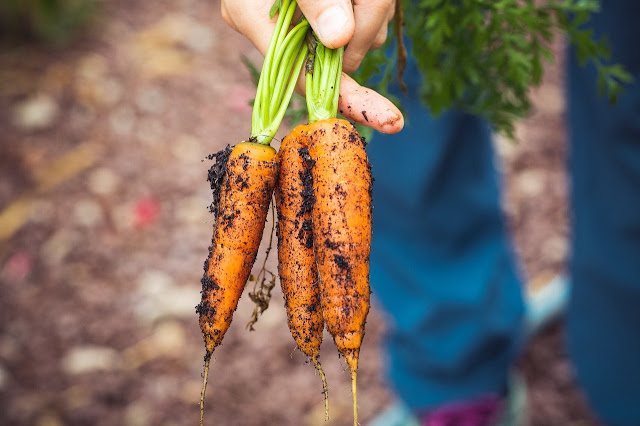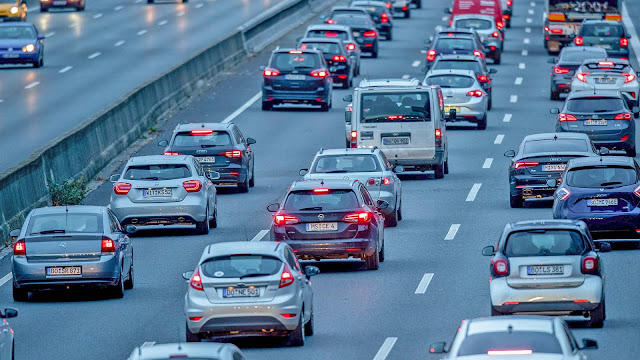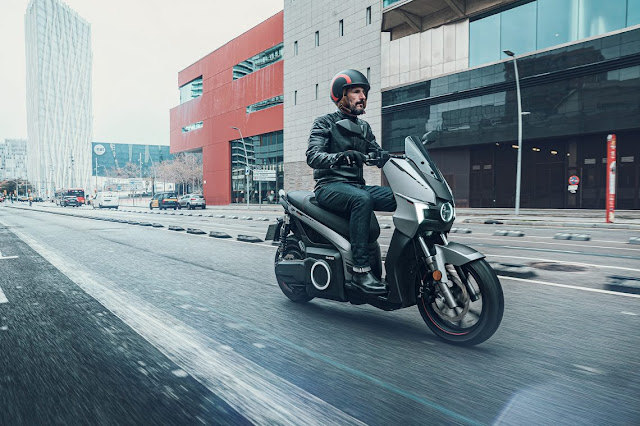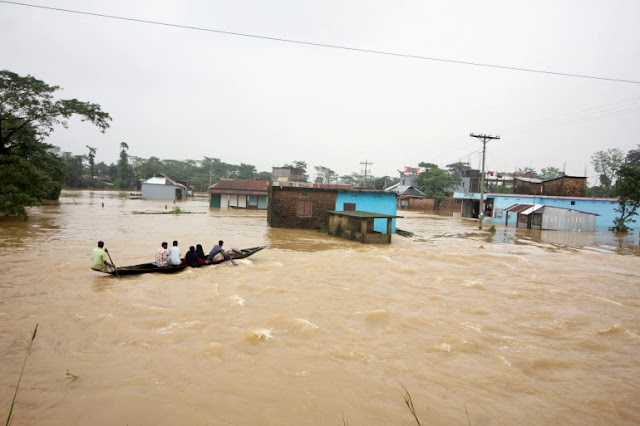Techniques like crop rotation and highly targeted pest control can help boost yields and protect the environment. Markus Spiske on Pexels.
However, there is a bit of hope in the European Union at least. Just this week, the group of nations proposed binding targets to reduce risky pesticides by 50 percent by 2030. On top of this, they put forth an all-out ban in areas like public parks, gardens, playgrounds, public paths, and ecologically sensitive spots.
“We need to reduce the use of chemical pesticides to protect our soil, air and food, and ultimately the health of our citizens,” European Commissioner for Health and Food Safety Stella Kyriakides said in a release. “For the first time, we will ban the use of pesticides in public gardens and playgrounds, ensuring that we are all far less exposed in our daily lives.”
Farmers will be financially compensated for any losses by the EU’s Common Agricultural Policy (CAP) during the transition for five years. This is especially important as many farms have been built for a pesticide-heavy agricultural system. Though ultimately the plan would offer relief: Prices for synthetic fertilizers have soared over the past year, placing direct financial burdens on farmers who depend on the chemicals for high yields of crops.
“Since the ‘green revolution,’ countries around the world have relied heavily on pesticides to increase agricultural production,” says Laurie Beyranevand, Director of the Center for Agriculture and Food Systems at Vermont Law School. “In many ways, our food system and the ways we produce our food rely very heavily on the use of pesticides—meaning farmers may need training and support for different pest management systems.”
This week’s proposal is a part of the larger Farm to Fork strategy, which is a post-COVID reassessment of the EU’s food system focused on changing production, processing and distribution, consumption, and food waste in order to have a sustainable system and mitigate climate change impacts.
The milestone proposal could become law as soon as 2023, along with the first biodiversity legislation to be passed in the EU since 1992, when the Habitats Directive came into force which ensured protection of endangered flora and fauna, as well as 200 different types of unique environmental habitats.
Still, not everyone is on board with the plan. French President Emmanuel Macron has been especially vocal about concerns relating to food security, emphasizing a need for “agricultural independence” over sustainability in the light of the food crises associated with the Russian invasion of Ukraine.
These worries, however, aren’t necessarily based in reality. “While many suggest that the food system will suffer dire consequences if farmers are limited in their ability to use pesticides, that represents a false narrative,” Beyranevand says.
There are ways to farm sustainably and continue to feed the world, adds Kathleen Merrigan, the executive director of the Swette Center for Sustainable Food Systems at Arizona State University. Integrated Pest Management (IPM), for example, includes a range of techniques like setting thresholds for pest populations before taking any steps to control them, monitoring and identifying specific organisms, implementing tools like crop rotations, and selecting pest-resistant plants.
Controlling pests through highly targeted chemicals or trapping and weeding are a last resort before getting into the more serious stuff. Popular Science - link - Sara Kiley Watson - link - more like this (EU) - link - more like this (pesticides) - link












.jpg)











